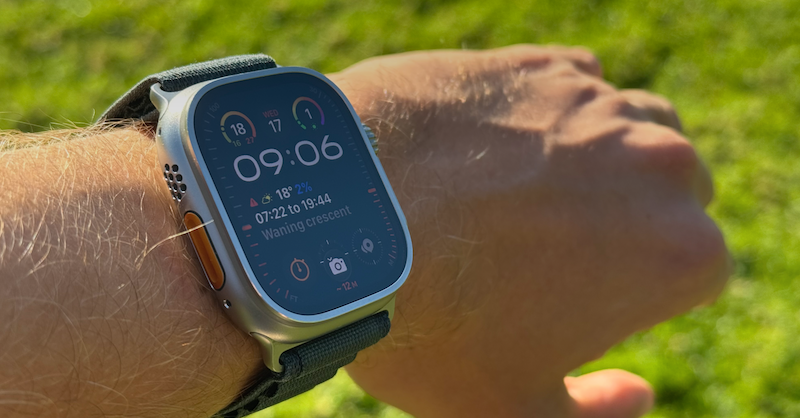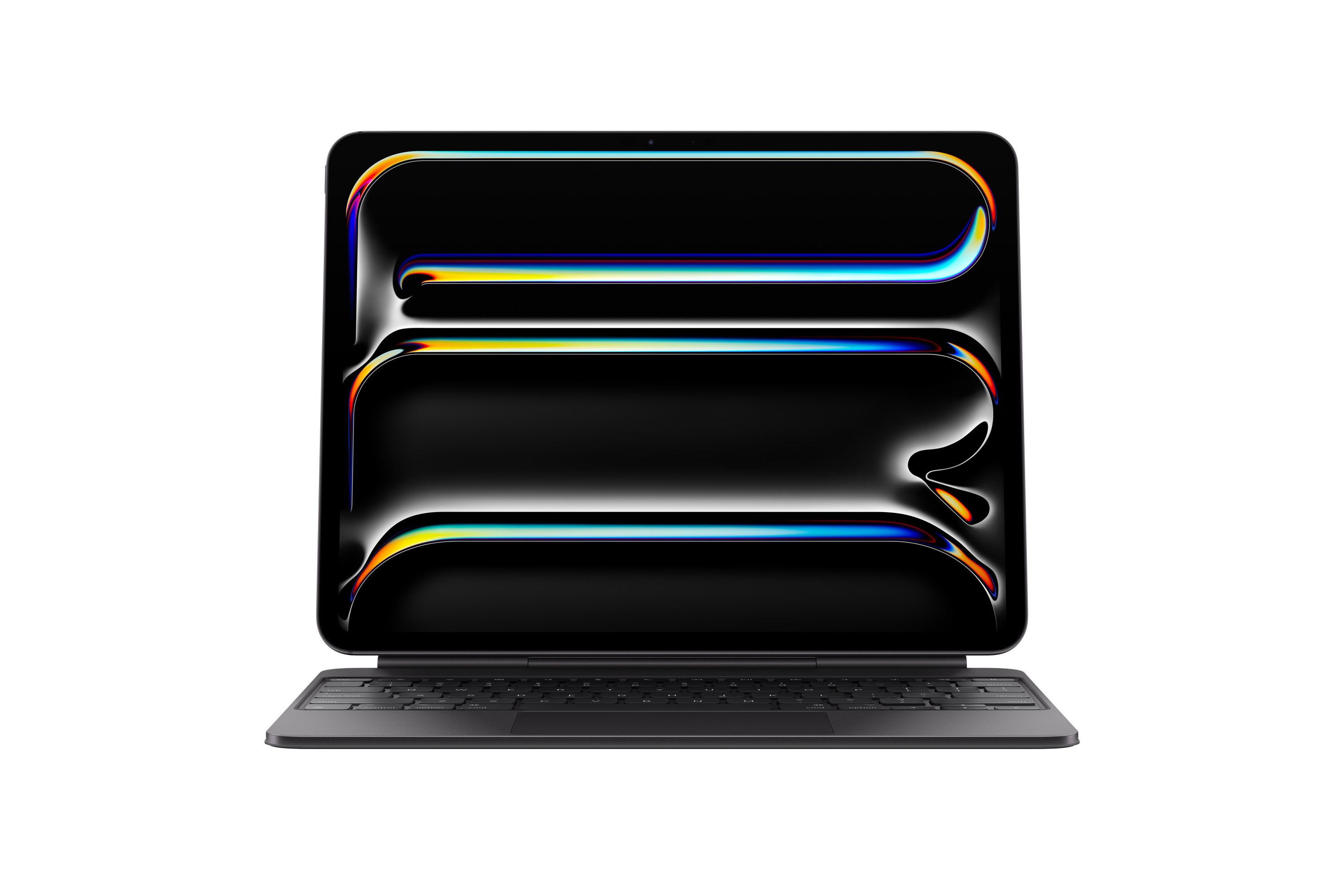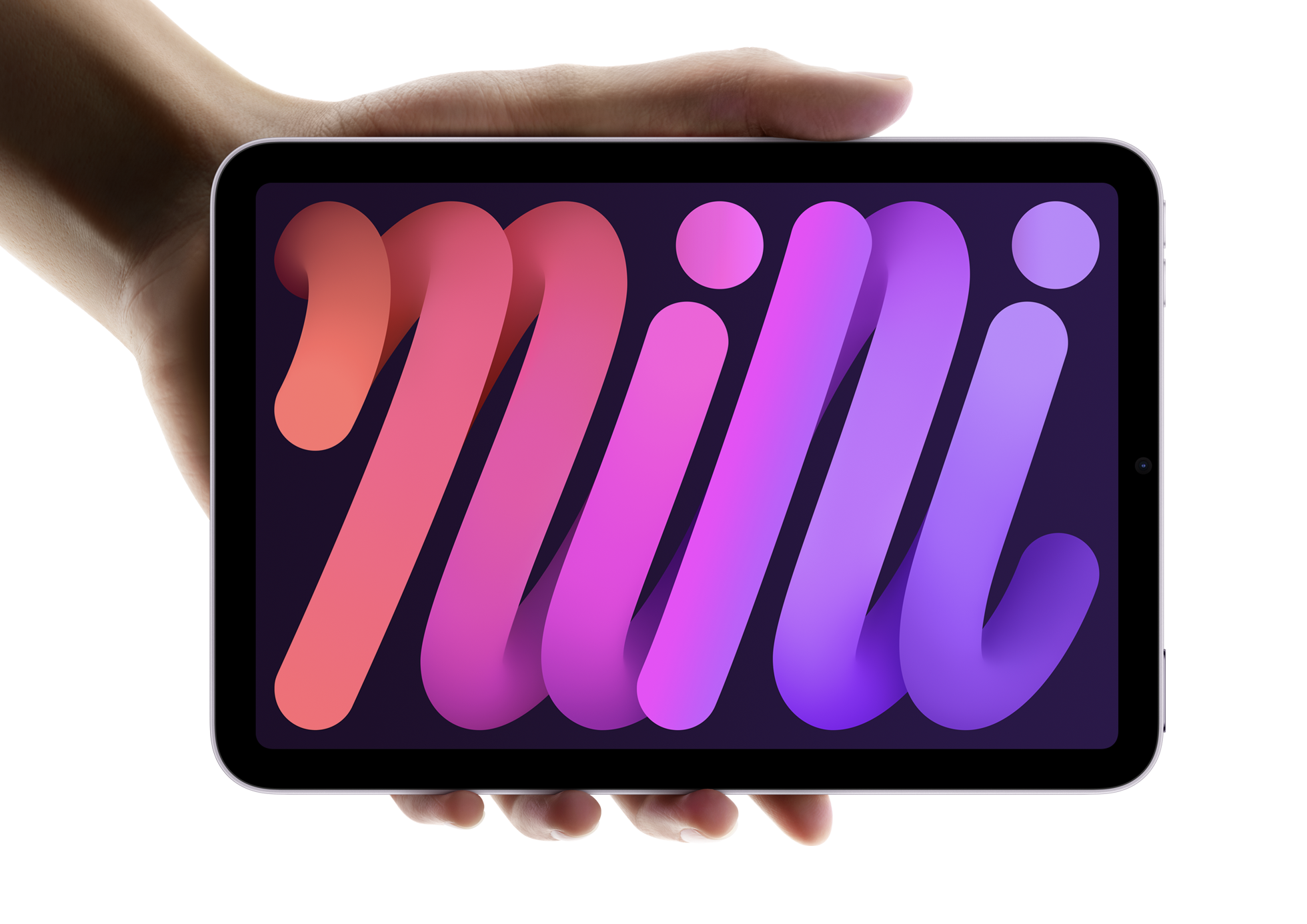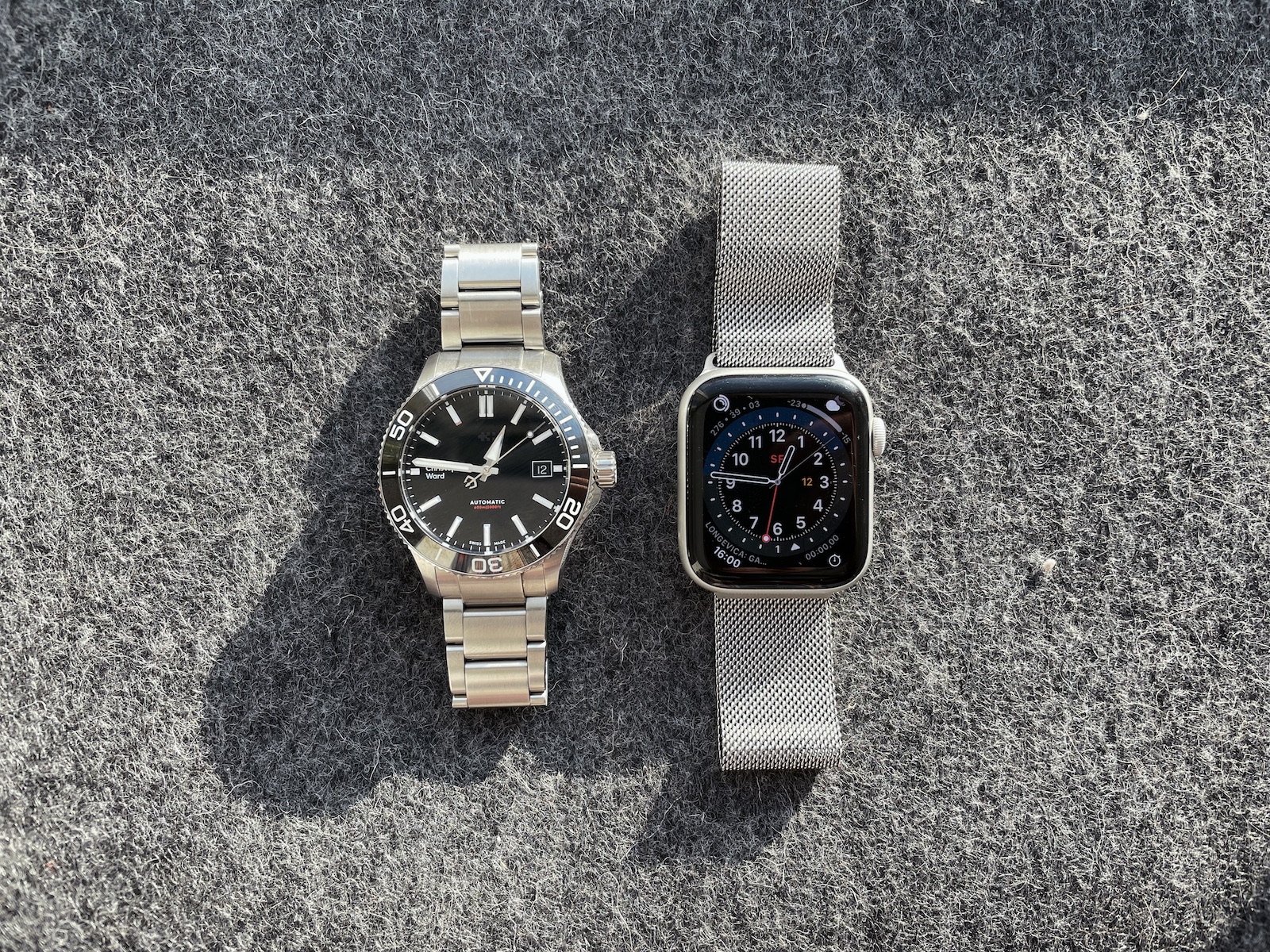Startups comms, essays on tech and five great links each week.
Posts tagged Gadgets
Apple Watch is Better than Whoop and Oura
Apple Watch is a great health tracker. And you can just use it, especially if you already have one, instead of buying Whoop or Oura.

The Best Brands for Enthusiasts
Finding truly exceptional products is hard, so this challenge falls on us.

iPads Are Now Both Expensive and Useless
The iPad, despite its powerful hardware, is held back by iPadOS limitations, making it feel incomplete and overpriced at nearly $1,300 for a basic iPad Pro with a keyboard.

Apple Doesn't Make an iPad for Me
I'm frustrated with Apple's current iPad lineup because there isn’t a good replacement for my aging 2018 iPad Pro. While the newer models have expensive accessories and better chips, they neglect the features that matter most to me—like the display and audio.

Sennheiser Momentum 4 Wireless Review: A Silent Hit
People always recommend Sony, Bose and AirPods Max. Sennheiser Momentum 4 should be on the same list.

You Can't Work On An iPad
Modern iPads are marvelous machines. But their software is too limited and unrealiable for them to replace your computer despite over a decade of innovation.

Why I Dropped Apple Watch for a Mechanical Watch
I’ve always been into watches and for the last 5 years, since Series 2, I’ve been almost exclusively wearing an Apple Watch. Recently I pulled a trigger on a mechanical timepiece I wanted a long time ago and have been enjoying it since.

